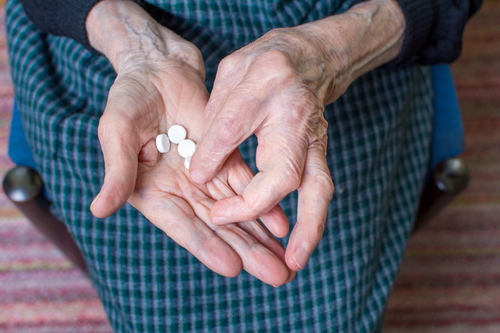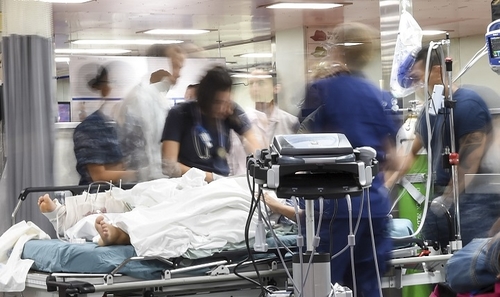
A new study published in the American Journal Emergency Medicine shows that seniors who end up in the emergency room can’t afford medicine. Even with insurance, medication can be expensive, and depending on the insurance, may not even be covered.

Most Seniors Who End Up in the ER Can’t Afford Medicine
Lisa Ambrose, the study’s co-author, and her colleagues looked at survey responses from 2017 and 2018 from 281 patients. The patients were 65 and older who visited both city and rural ERs. Even though ninety-nine percent had health insurance, fourteen percent of city patients and twenty-six percent of rural patients said they couldn’t follow doctor’s orders because they couldn’t afford it.
Seniors, in particular, are struggling due to limited income and insurance being stricter with them.
Patients who take many different medications tend to be the people who can’t afford them and had been hospitalized recently. They can also have trouble doing everyday tasks, have depression or dementia, and/or no social support circle.
What do people do to afford medications? Well, there are pharmacy and medication brand discount programs. Most of the time people sacrifice basic needs like food and heat, they borrow money, skip dosages to stretch out medication, create credit card debt, or asks for someone else to buy it for them.
Read more here.



